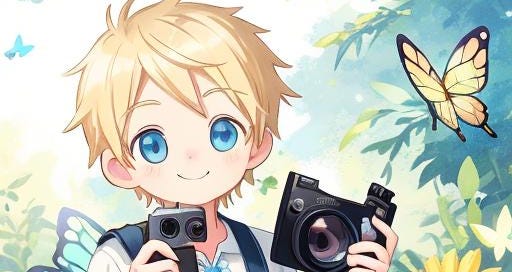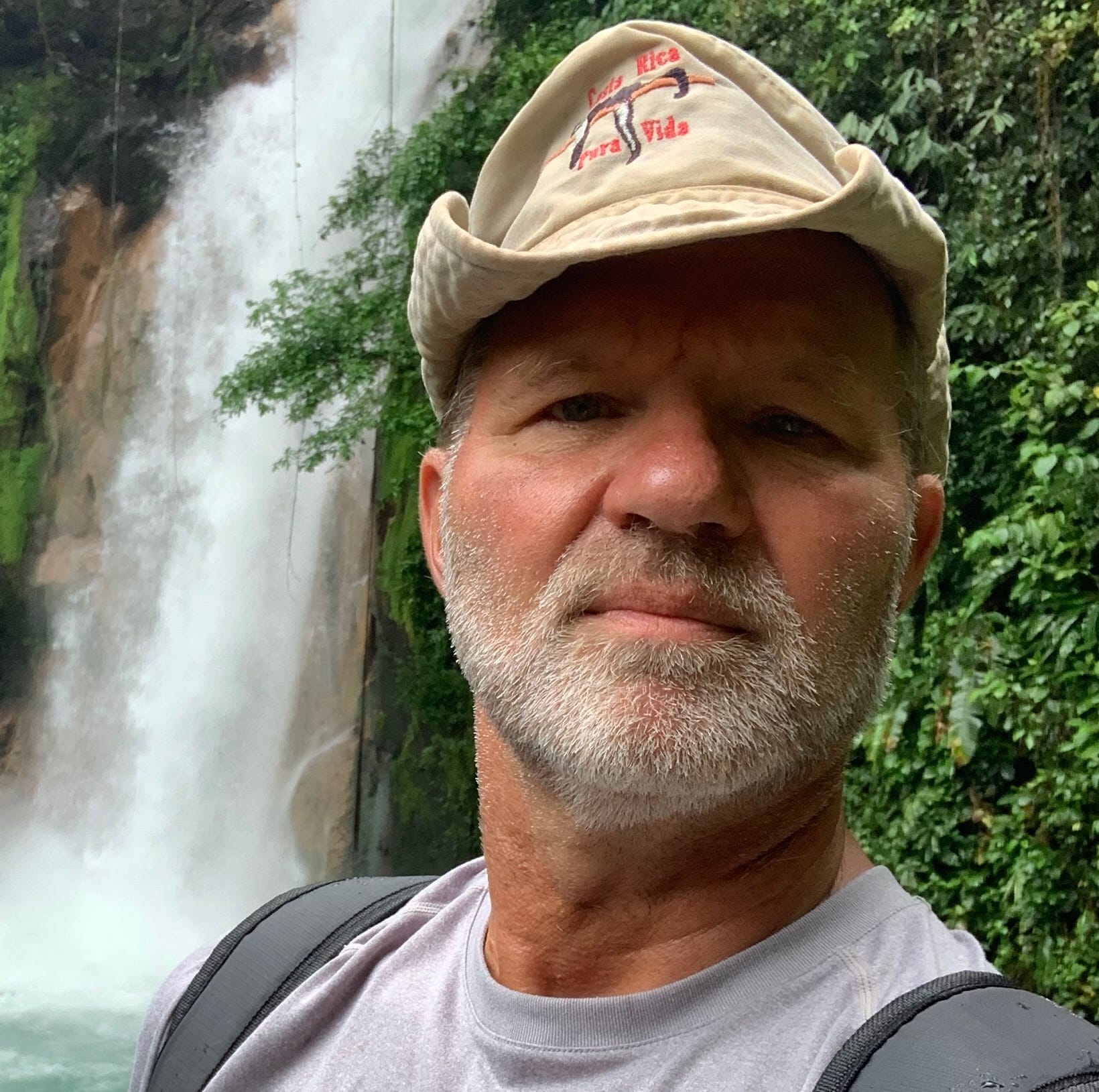This past Friday’s column marked three-months for Distant Perspective. It seemed to me to be a good milestone for examining who I am, why I write this column, and why you should bother to read it. Come along on my journey.
I was exactly five years old when I realized that I would spend my working life as a journalist. For my fifth birthday, my parents gave me a Polaroid Swinger camera. It sounds quaint in this era of a camera in every purse or pocket, but I was shocked that I could capture a moment in time, freezing it forever. Well, at least as long as these doomed-to-eventually-fade away photos would last.
The point was that I could share this moment with people who weren’t there to witness it for themselves. That notion of informing others about an event is the very foundation of journalism. I expanded upon that building block a couple of years later when I was gifted a Smith-Corona electric typewriter. Now I could put words to the photograph.
This pushed me to begin reading newspapers and watching Walter Cronkite on the TV, long before most children take an interest in current events. I was seven years old when I mourned in real time about the death of President John F. Kennedy, killed during a Dallas motorcade. I kept scrapbooks full of pictures and stories of the space race. I cheered when Alan Shepard became the first U.S. astronaut in space, and again when John Glenn orbited the earth. I cried with soul-wrenching pain when Gus Grissom, Roger Chaffee and Ed White died in a launch pad fire in the capsule of Apollo 1. When Neil Armstrong and Buzz Aldrin made those first human footprints on the surface of the moon, Walter Cronkite shed tears on live television, and I was right there with him.
My career as a journalist started in high school, when I was voted by my journalism class members to become the editor of the school newspaper, a role I held for both my Junior and Senior years. My teacher was a wonderful man by the name of James McKnight. I didn’t know it at the time, but he was the most influential teacher I would ever have, and I owe my career to him, and the basics of being a good journalist that he taught me. He passed some years ago, and the world is poorer for it.
I would go on to live a fascinating life of travel around the world, in pursuit of truth. The stamps in my collection of old passports tell quite a story. I would find myself interviewing presidents (every single one from Reagan through Trump) and kings and soldiers in war zones and murderers and thieves and junkies and movie stars who live in mansions and destitute people who live in tents, in places near and very far. I would be threatened, beat up, jailed, and shot at. I have had more brushes with death than I care to remember. My work would win an Emmy, a Peabody, a Jules Verne International Science Documentary award, several Edward R. Murrow awards, and dozens more honors.
I would be employed by world-class news and documentary organizations, like ABC News, Discovery, National Geographic, and others. I would be hired by NASA, commissioned to produce a documentary celebrating the 40th anniversary of man’s first footstep on the moon. I found myself spending days working with Neil Armstrong, my ultimate childhood hero. I would work my fingers to the bone day and night for weeks at a time without a day off. But, why would I need a day off when I’m doing what I love?
What I loved, VERY specifically, was telling anyone who would read, watch, or hear the exact truth, and nothing but the truth. I was very careful, as were most people I worked with, not to inject my personal beliefs into what I was reporting.
There are those who will argue that no journalist is 100% pure. My response to that is that it is true that the very human essence of any given journalist is indeed reflected in the way they write and the stories they choose to write about, if they are given a choice. In most news organizations, the idea for a story passes through a series of checks and balances in the form of an assignment editor, an editorial board, an executive producer, a news director and a half dozen other stops along the way before it gets in front of your eyes. I may have been human, and certainly fallible, but I was always accurate with facts. I dare you to show me one single news story with my byline on it, that you can seriously argue lacks objectivity. That’s not just me. It applies to every true journalist I ever worked with.
What I give you in this commentary is the truth. I am not a cog in a giant multi-national conglomerate machine that generates spun news in order to enhance it’s bottom line. I am a solo practitioner who answers to no one. I am paid nothing. I write this commentary because I have things to say that you should know. Read my commentary and you just might find yourself becoming the most interesting person at the cocktail party.
Distant Perspective is a commentary I write after having spent five decades as a true journalist, working at the highest levels of the profession in the most important places in the world, much of it in Washington, D.C. But I now write this column to include my opinions. What makes Distant Perspective still a valid source of information is that I always provide the link to real news stories or fact-gathering organizations, that I have personally verified, with the statements of fact that I use to develop the opinions I share. You are completely free to disagree with my conclusions, but you will never be able to dispute the facts I use as the basis for those opinions.
That’s a promise from me, and I expect you to hold me to it. I am human and mistakes are always a possibility, but I never intentionally alter the facts. You may not like those facts (I frequently don’t like them either), but they will be true, just the same.
Anytime you agree or disagree with me, I implore you to comment in the space below. I will respond as best I can. It is through conversation that the truth rises to the top.




